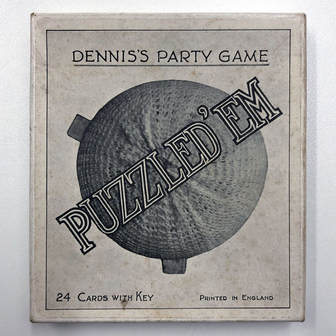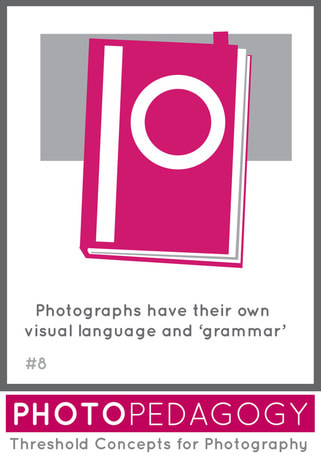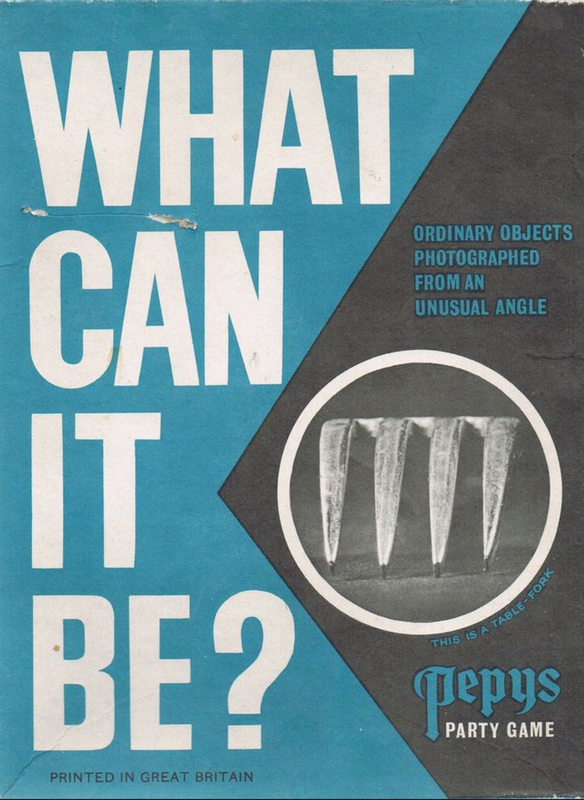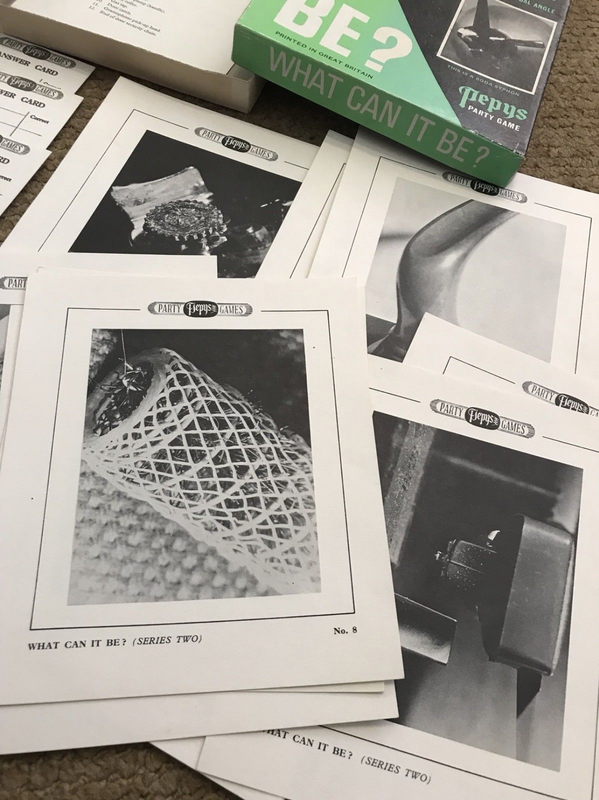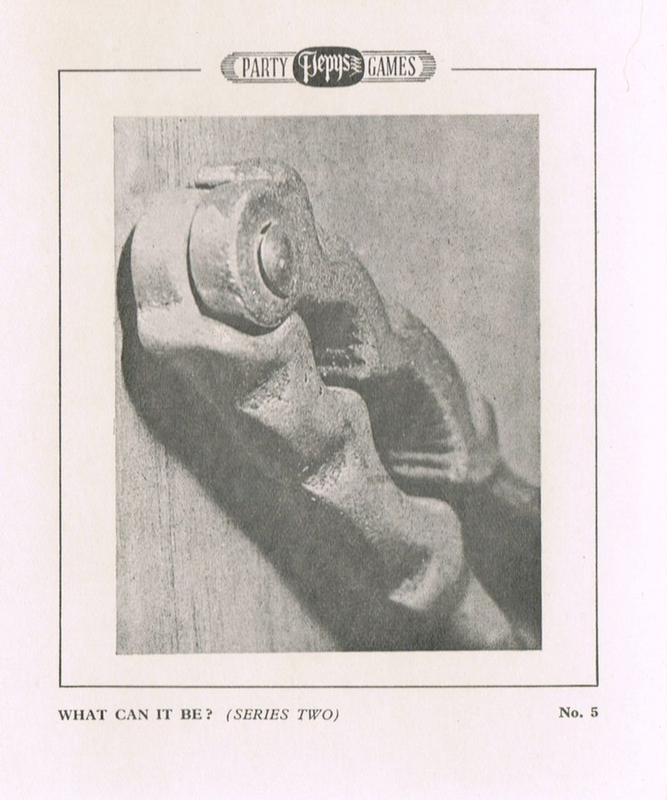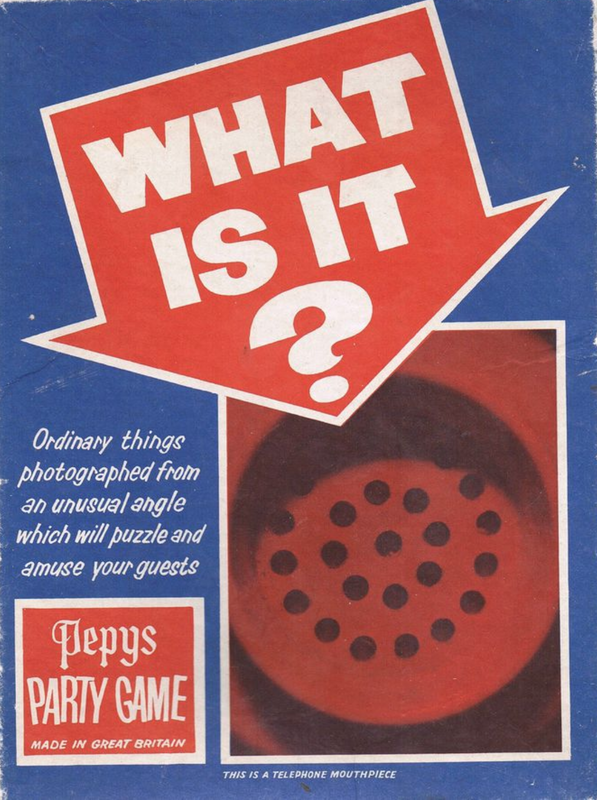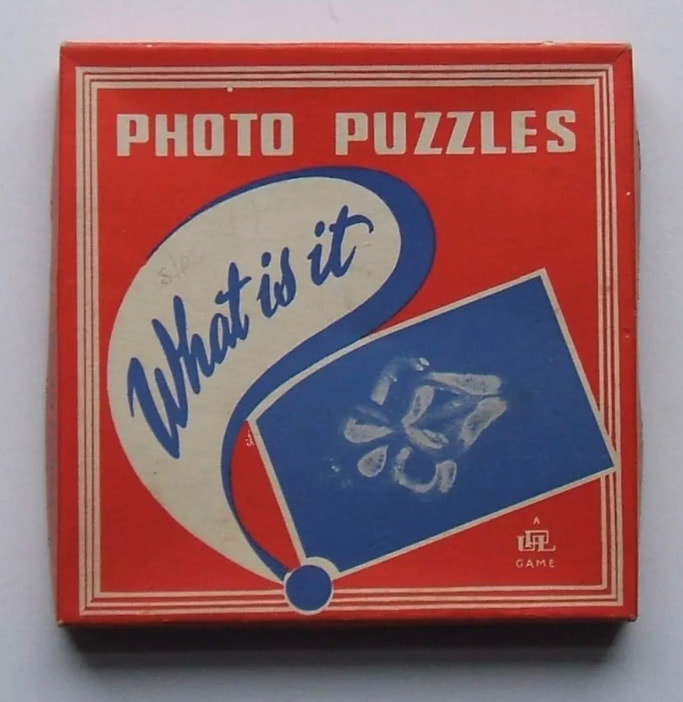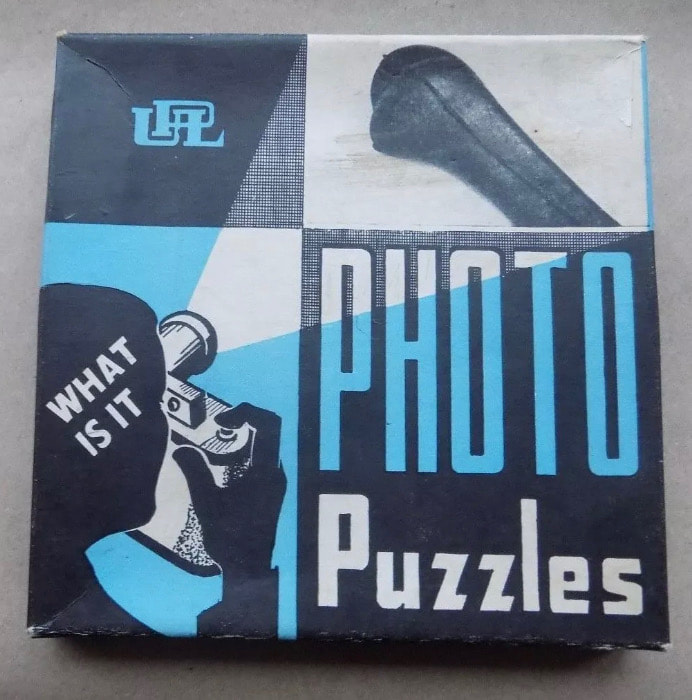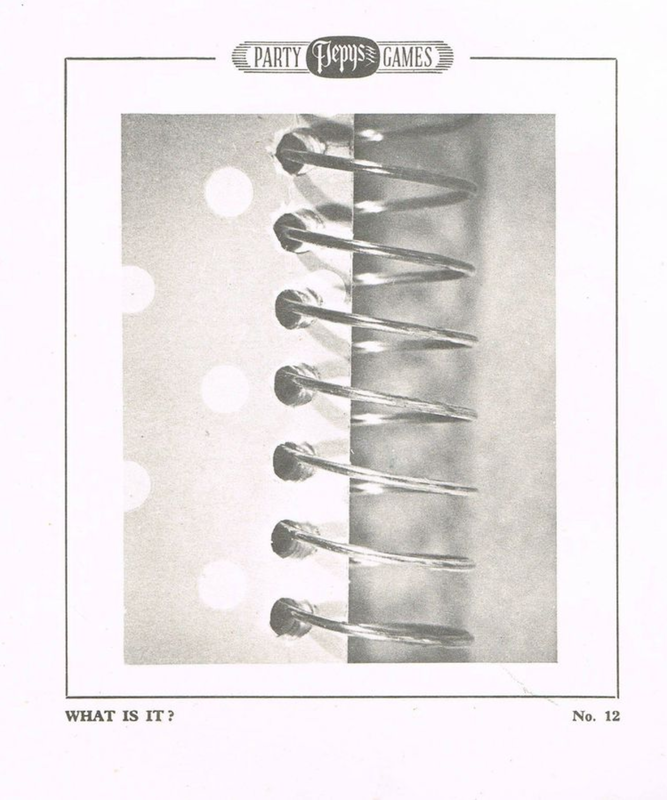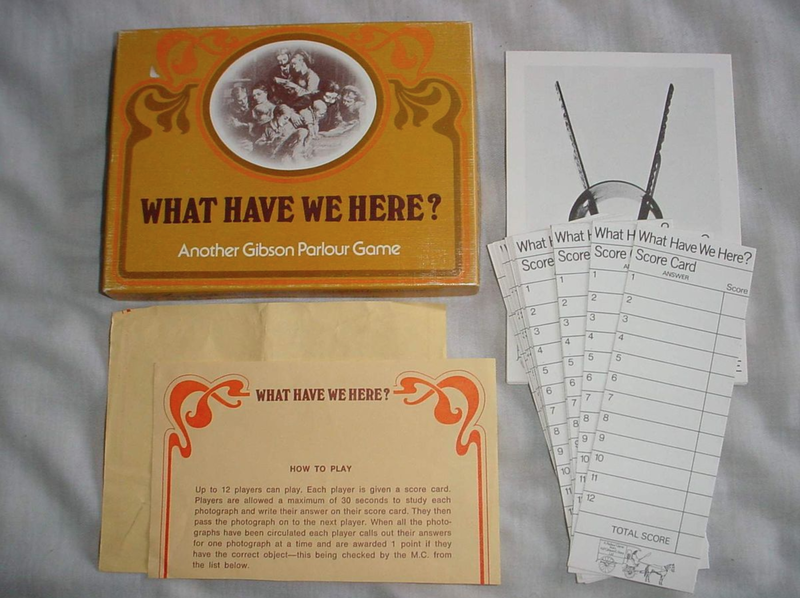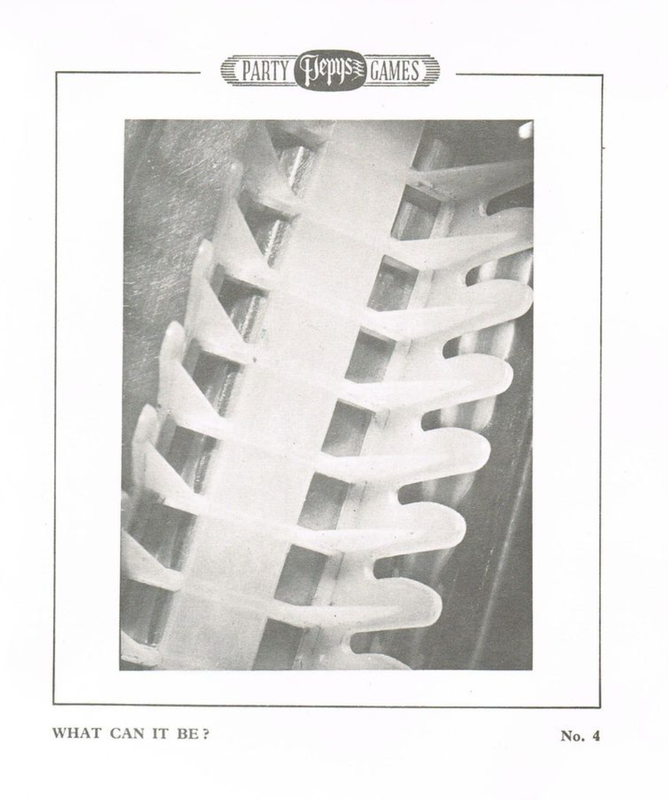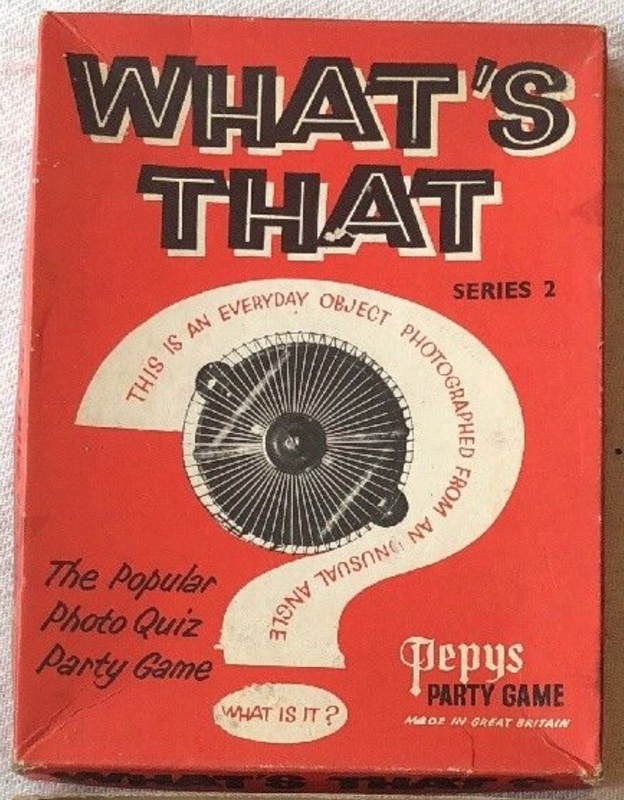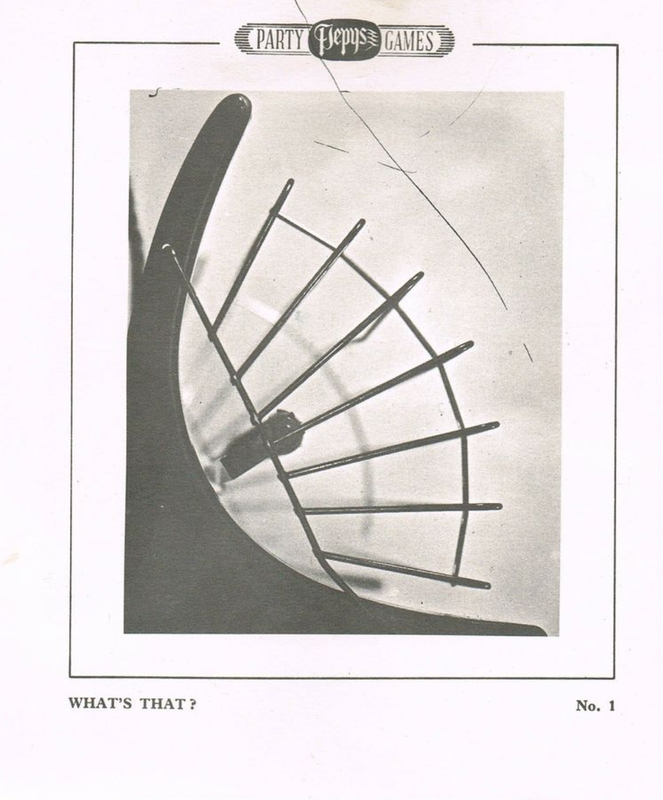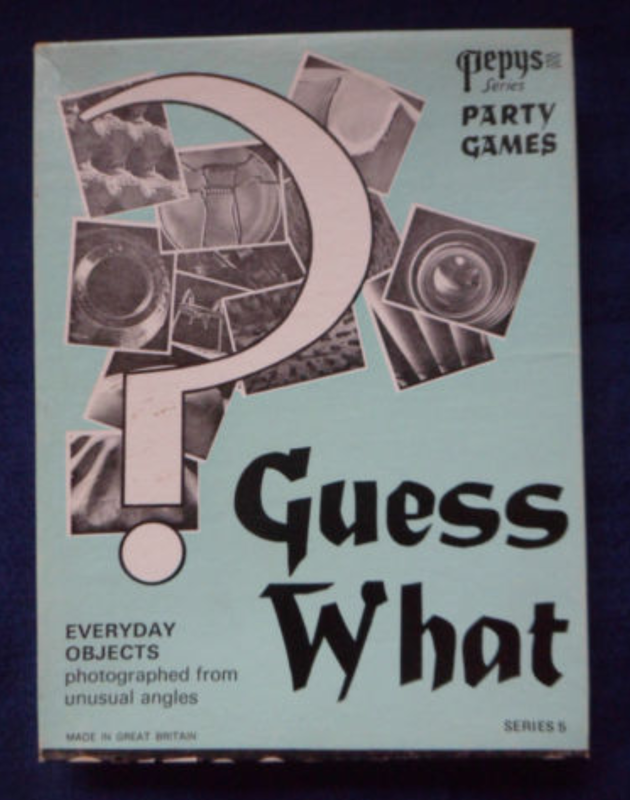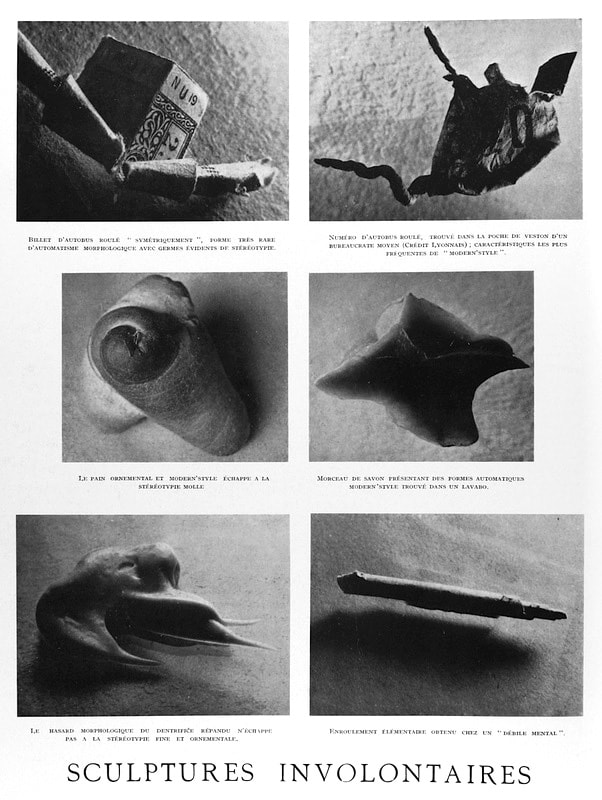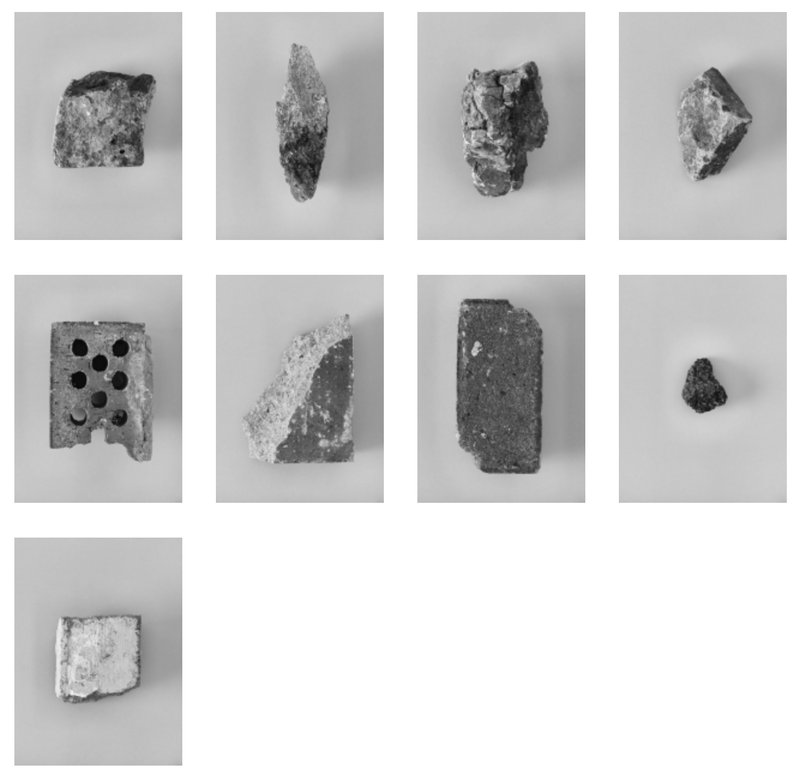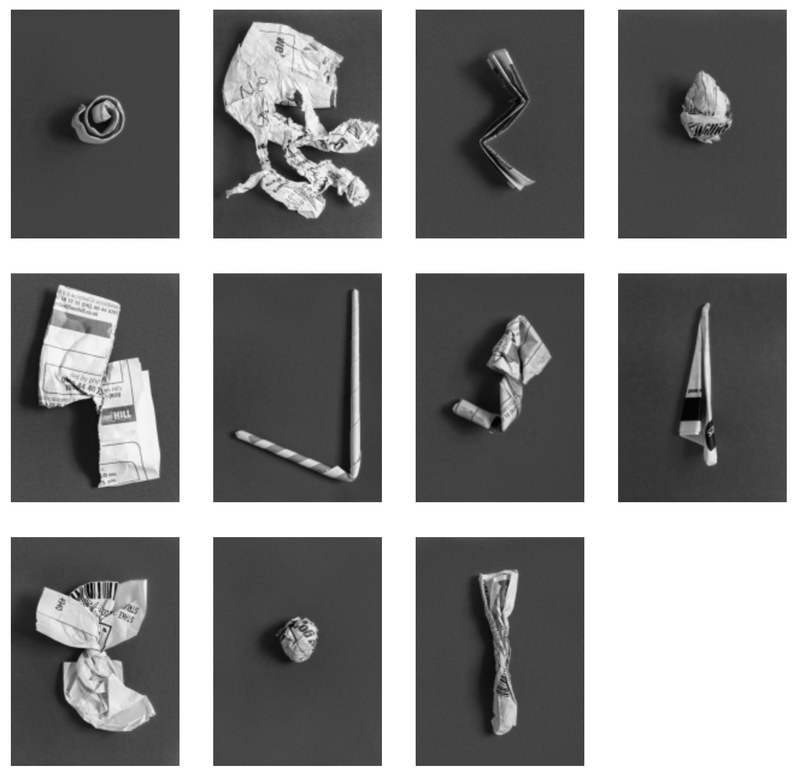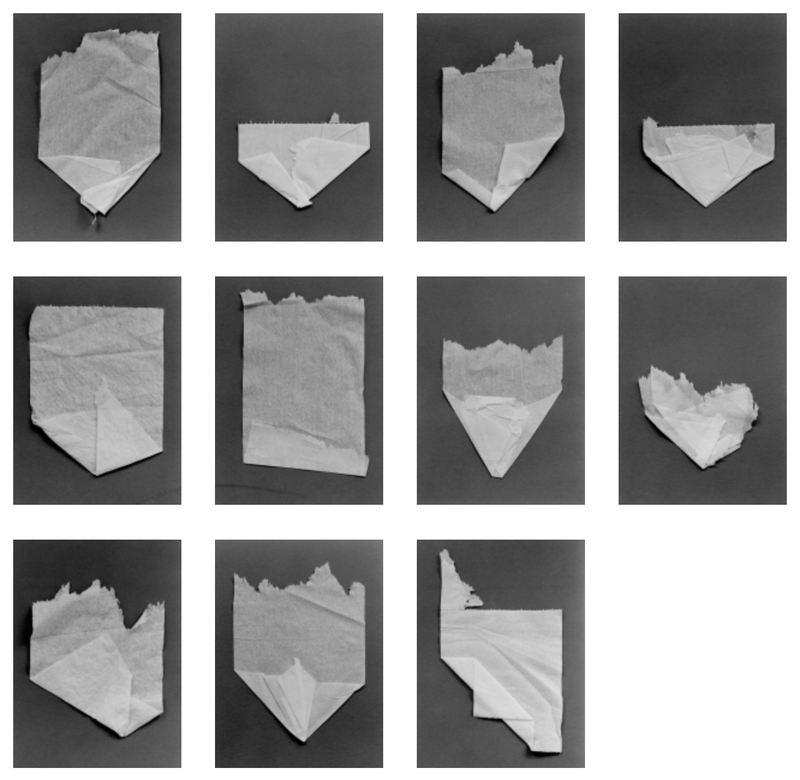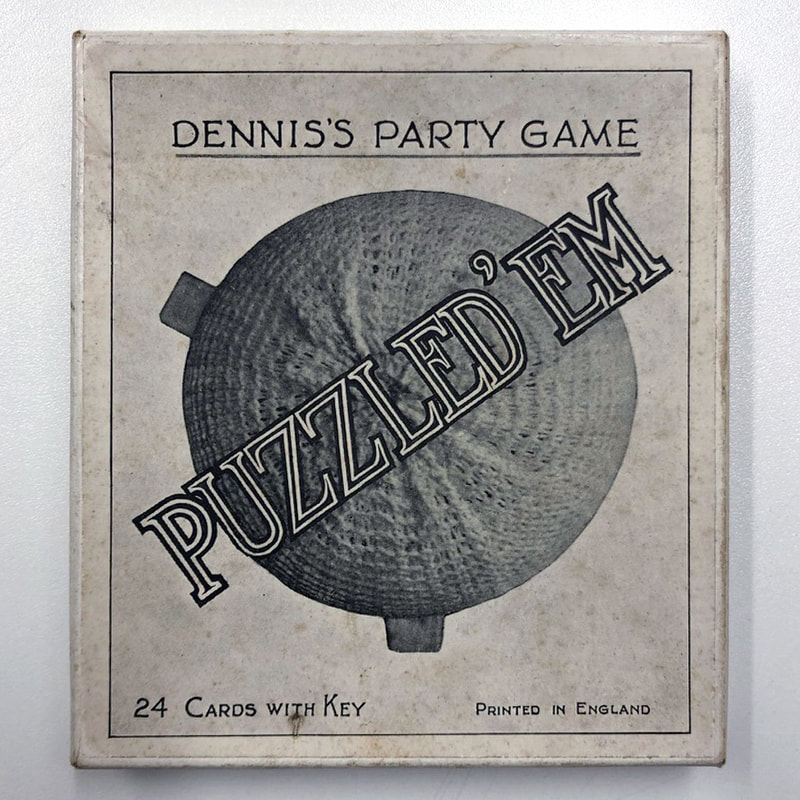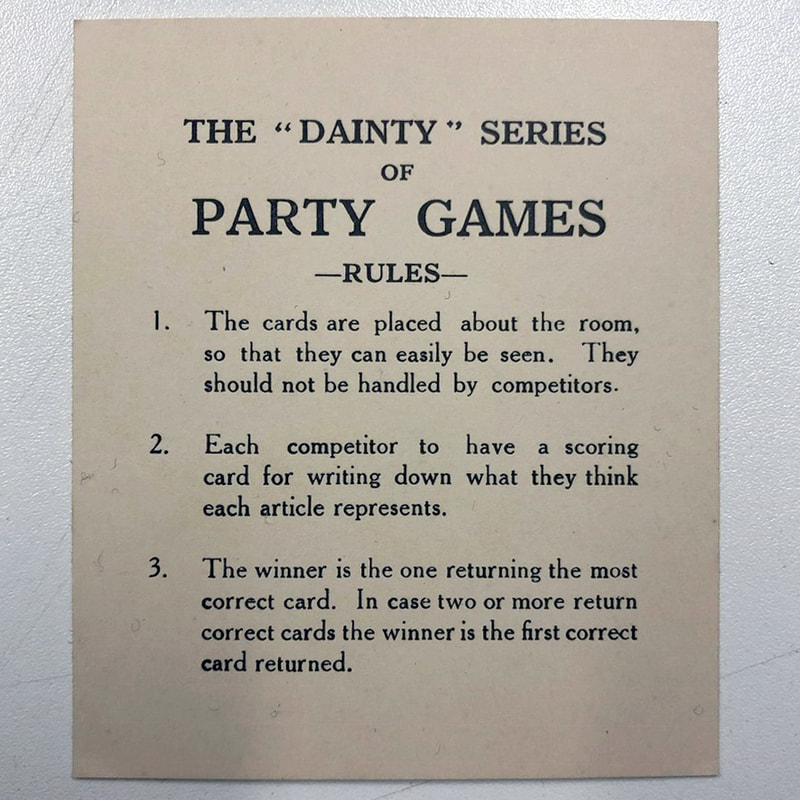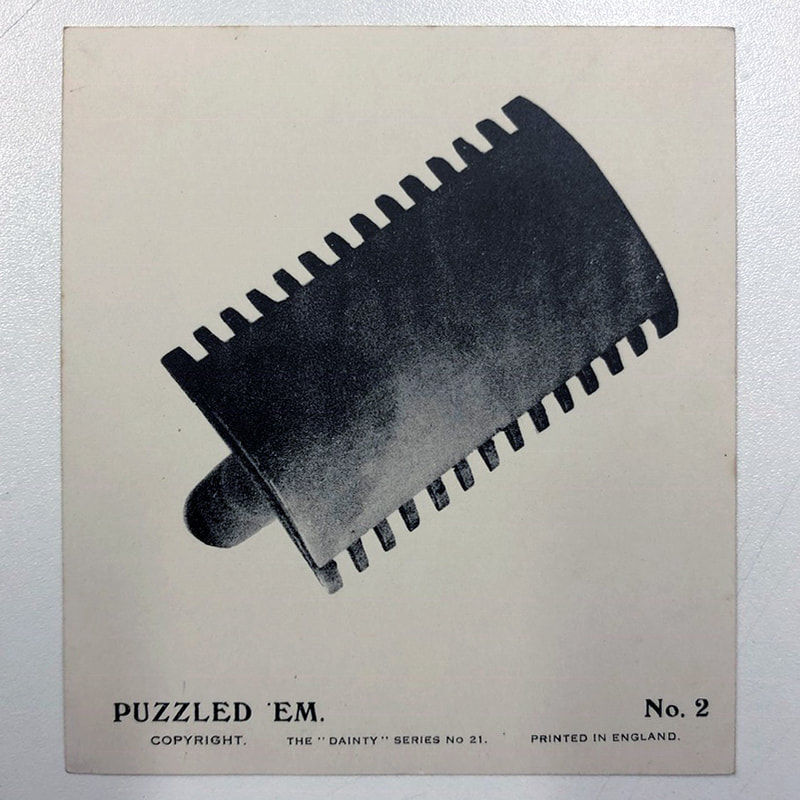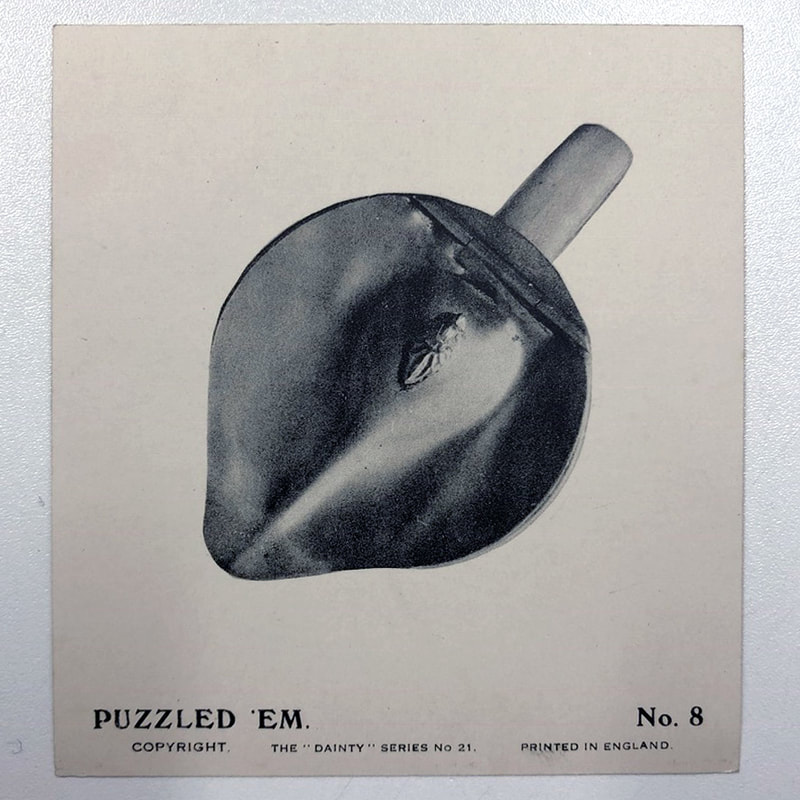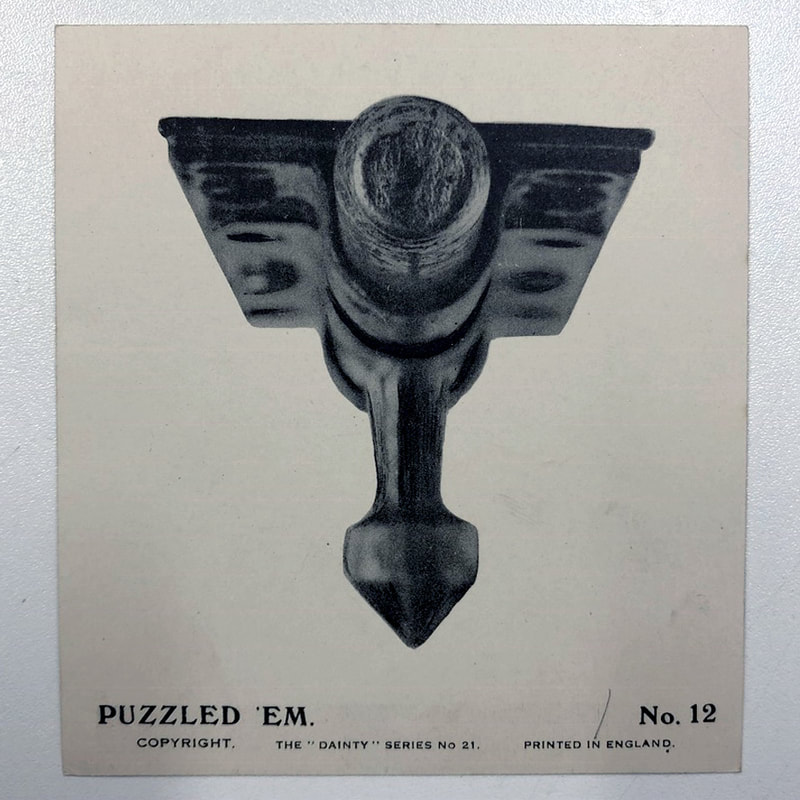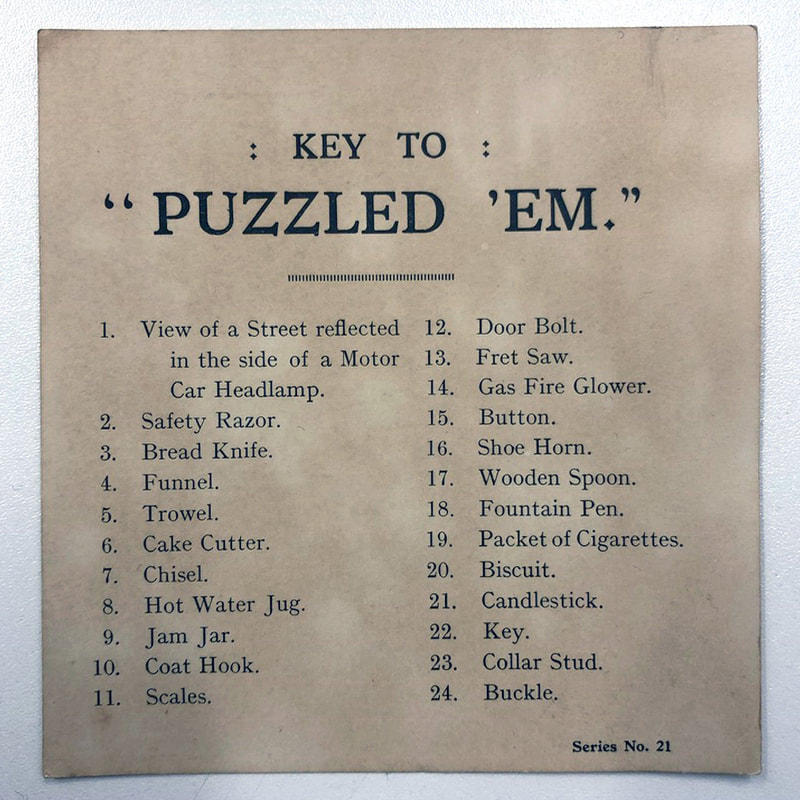KS3/4 Lesson Plan:
What happens when you photograph objects from unusual angles?
By Jon Nicholls, Thomas Tallis School
|
The inspiration for this project came from seeing an old party game called 'Puzzled 'Em' in an exhibition in south east London. The curators had purchased unusual items from eBay and asked writers to respond to them. One of the objects was Dennis's Party Game, 24 cards with a key, a game of visual identification.
|
The cards were displayed in a grid on the wall. Players are invited to look carefully at the cards, each of which is a photograph of an object viewed from an unusual angle. Players who identify the most objects 'correctly' are the winners. I've since discovered that these photo identification party games used to be all the rage. Here are some other examples:
I was reminded of this series of photographs of rolled up bus tickets and smeared blobs of toothpaste, a collaboration between Salvador Dali and Brassai from the 1930s.
Brassai has deliberately confused the viewer by photographing the objects without a context, at close range and from unusual angles. The title 'Involuntary Sculptures' suggests that these mundane scraps have a status and meaning that the everyday viewer might miss and that only the artist/photographer is able to reveal. We engage with material culture every day but rarely stop to consider why things look the way they do. Stephen Gill is another photographer who explores the hidden significance of mundane objects in several series, including Off Ground, A Series of Disappointments and Anonymous Origami.
How do photographs transform ordinary things? Threshold Concept #8 is concerned with the visual language of photography:
Photographs consist of formal and visual elements and have their own ‘grammar’. These formal and visual elements (such as line, shape, repetition, rhythm, balance etc.) are shared with other works of art. But photographs also have a specific grammar - flatness, frame, time, focus etc. ‘Mistakes’ in photography are often associated with (breaking) the ‘rules’ and expectations of this grammar e.g. out of focus, subject cropped, blur etc. Some photographers enjoy making beautiful images but others are more critical of what beauty means in today's world.
Take a careful look at the Puzzled 'Em card game. How does the game work? Why are photographs used? How are the various objects photographed? Make a list of the features of photographic language and grammar that you can identify:
Puzzled 'Em Cards
Your challenge:
Create a version of the Puzzled 'Em game featuring your own photographs. You must decide:
You may wish to:
- How many cards to create.
- Which objects you will photograph.
- How you will photograph these objects e.g. in situ or against a backdrop, natural or studio lighting, colour or black and white etc.
You may wish to:
- Print or mount your photographs on card.
- Number each card.
- Provide a key (identifying the objects for players.)
- Design a presentation box.
Remember to document your research and the whole process of thinking about, making and publishing your photographic game.
Good luck!
Good luck!

